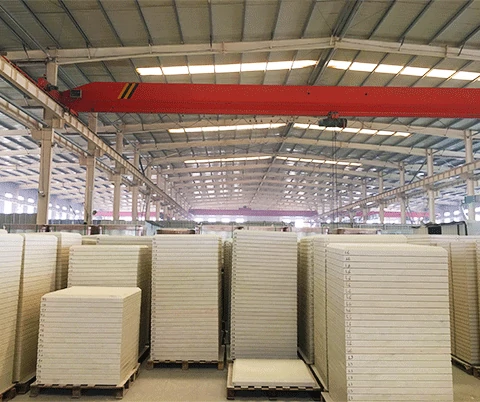loading...
- No. 9, Xingyuan South Street, Dongwaihuan Road, Zaoqiang County, Hengshui, Hebei, China
- admin@zjcomposites.com
- +86 15097380338
- Welcome to visit our website!
Water Pressure Tank | Efficient Water Storage Solutions
Understanding Water Pressure Tanks
Water pressure tanks are essential components in many plumbing systems, playing a critical role in storing and regulating water for various applications. They are commonly found in residential, agricultural, and industrial settings, ensuring a consistent water supply and maintaining optimal pressure levels. Understanding how these tanks work is crucial for anyone involved in water management or plumbing.
A water pressure tank serves as a storage facility for pressurized water. The primary function of this tank is to maintain a steady supply of water with adequate pressure, which is particularly important in systems that utilize pumps. When the water pump activates, it fills the tank, causing the pressure within to rise. Once the set pressure is reached, the pump shuts off, and the tank holds the pressurized water until it is needed. This process helps to prevent the pump from cycling on and off frequently, which can lead to wear and tear and ultimately reduce the system’s lifespan.
There are two main types of water pressure tanks bladder tanks and diaphragm tanks. Bladder tanks have a rubber bladder that separates the air and water within the tank. When water enters, it compresses the air in the bladder, creating pressure. Diaphragm tanks, on the other hand, use a flexible diaphragm to achieve a similar effect. Both types are designed to provide stable water pressure and reduce the likelihood of water hammer, which can cause loud banging noises in pipes.
water pressure tank

One of the significant advantages of using a water pressure tank is that it helps to improve the efficiency of a water supply system. By storing water under pressure, these tanks ensure that water is available at a moment’s notice, whether for drinking, cooking, or irrigation. Additionally, they help to minimize the energy consumption of pumps by reducing the frequency of their operation.
Proper maintenance of water pressure tanks is crucial for their optimal performance. Regular inspections are necessary to check for leaks, ensure that the air pressure is correctly set, and verify that the system is functioning as intended. Neglecting maintenance can lead to problems such as waterlogging, where the tank becomes filled with water and can no longer effectively store pressurized water, resulting in low water pressure.
In summary, water pressure tanks are vital for maintaining a reliable and efficient water supply. By understanding their function and importance, users can make informed decisions about installation, maintenance, and any necessary repairs, ensuring that their water systems operate efficiently and effectively for years to come. Whether in a home or an industrial setting, a properly functioning water pressure tank can significantly enhance water delivery and usability.
-
GRP Structures: The Future of Lightweight, High-Performance EngineeringNewsJun.20,2025
-
FRP Water Tank: High-Performance Storage for Corrosive and Clean Water SystemsNewsJun.20,2025
-
FRP Square Tube: The New Industry Standard for Chemical and Structural ApplicationsNewsJun.20,2025
-
FRP Pultruded Profiles: The Ultimate Choice for Lightweight Structural StrengthNewsJun.20,2025
-
FRP Handrails: The Safer, Smarter, and Stronger Choice for Modern InfrastructureNewsJun.20,2025
-
FRP Grating: The Smart Solution for Durable, Lightweight Industrial FlooringNewsJun.20,2025
-
Why Choose a Galvanized Water Tank for Your Storage NeedsNewsMay.21,2025
